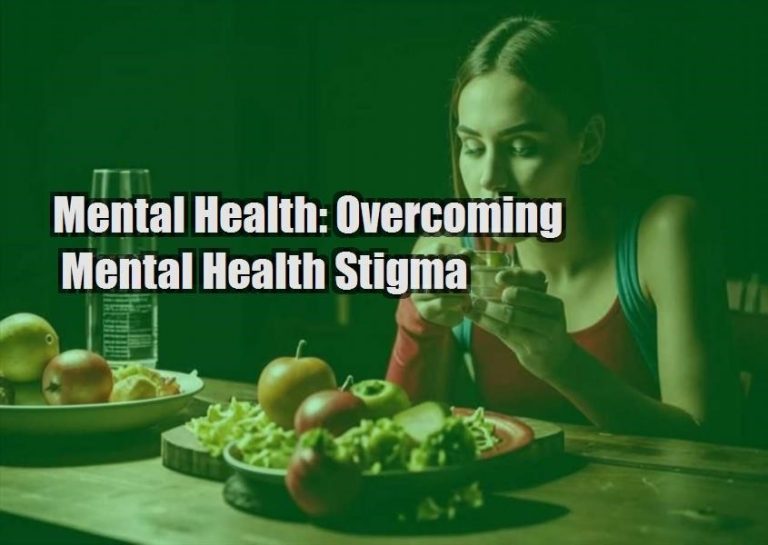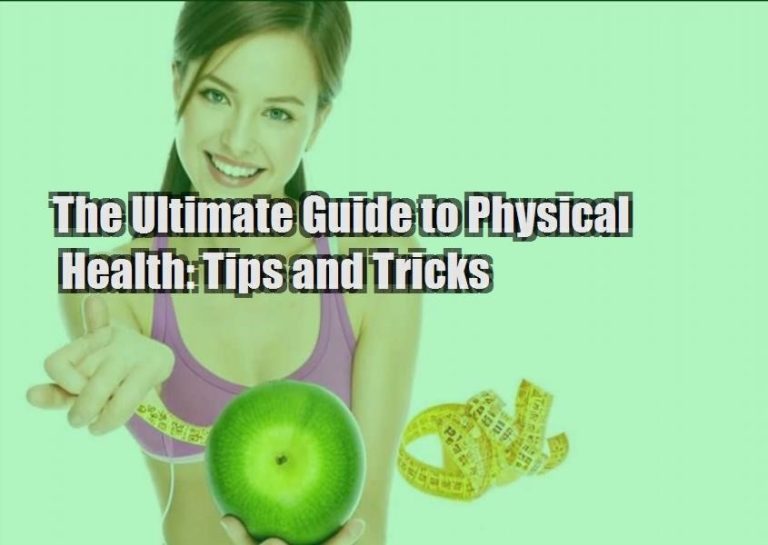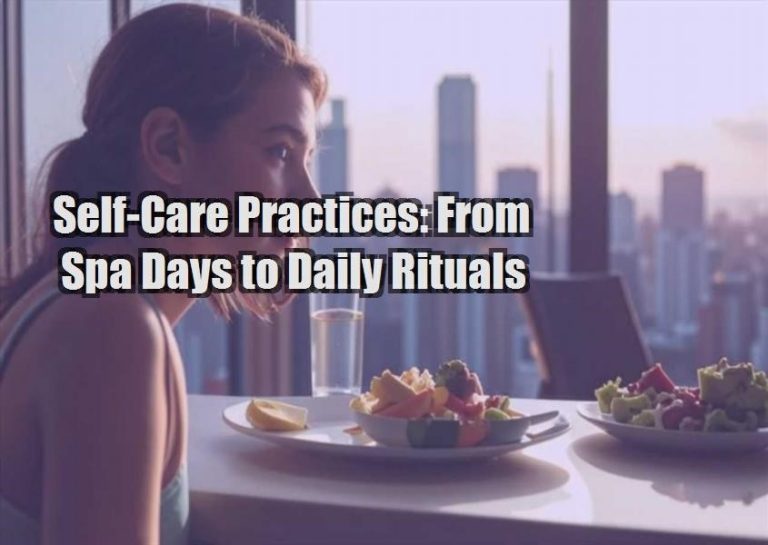Introduction
In an era where sedentary lifestyles prevail, embracing activities that foster both physical and mental well-being is paramount. Dance, an art form as well as a dynamic form of exercise, offers a myriad of benefits that enhance the overall quality of life. This article delves into the profound impact of dance on mind-body health, exploring its fitness and recreational advantages.
Fitness Benefits of Dance
1. Cardiovascular Health
Dance is an excellent cardiovascular workout. Engaging in vigorous dancing can elevate heart rate and improve blood flow, strengthening the heart and reducing the risk of cardiovascular diseases.
2. Muscular Strength and Endurance
Dance requires coordination and muscular effort, which can enhance muscle strength and endurance. The repetitive movements and weight-bearing nature of dance build muscle mass and improve joint stability.
3. Flexibility and Range of Motion
Dancing involves a wide range of movements that increase flexibility and range of motion. It promotes suppleness in muscles, tendons, and ligaments, reducing stiffness and improving overall mobility.
4. Core Strength
Core muscles, which include the abdominal and back muscles, play a crucial role in balance, posture, and stability. Dance engages these muscles, strengthening the core and improving overall physical function.
5. Weight Management
Dance can be a highly effective tool for weight management. Vigorous dancing can burn a significant number of calories and boost metabolism, aiding in weight loss efforts.
Recreational Benefits of Dance
1. Stress Relief
Dance is a fantastic way to relieve stress. It provides an outlet for physical and emotional expression, allowing participants to release pent-up energy and reduce anxiety levels.
2. Socialization
Dance is a social activity that fosters connections and promotes a sense of community. It brings people together from different backgrounds, creating a supportive and enjoyable environment.
3. Mood Enhancement
Dance has therapeutic effects on mood. The release of endorphins during dancing has mood-elevating properties, promoting feelings of happiness and well-being.
4. Creativity and Self-Expression
Dance empowers individuals to express their individuality and creativity. It offers a platform for self-expression, fostering a sense of personal accomplishment and fulfillment.
5. Cognitive Stimulation
Dance requires coordination, memory, and problem-solving abilities. It can improve cognitive function, enhance attention, and boost creativity.
Types of Dance for Fitness and Fun
1. Aerobic Dance
High-energy dance styles that focus on cardiovascular health, such as Zumba, cardio hip-hop, or step aerobics.
2. Strength-Building Dance
Dance styles that incorporate resistance training, such as barre fitness, Pilates fusion, or strength-based hip-hop.
3. Flexibility-Enhancing Dance
Dance styles that prioritize range of motion and flexibility, such as ballet, yoga dance, or contemporary.
4. Social Dance
Dance styles that involve partner work, such as salsa, swing, or ballroom dancing.
5. Creative Dance
Dance styles that emphasize self-expression and improvisation, such as modern dance, jazz dance, or freestyle.
Conclusion
Dance is a powerful tool that can transform both mind and body. From enhancing fitness levels to providing recreational enjoyment, dance offers a comprehensive approach to well-being. Whether youre a seasoned dancer or a novice, incorporating dance into your life can lead to improved health, happiness, and fulfillment. Embrace the rhythm, move with intention, and experience the transformative power of dance.







